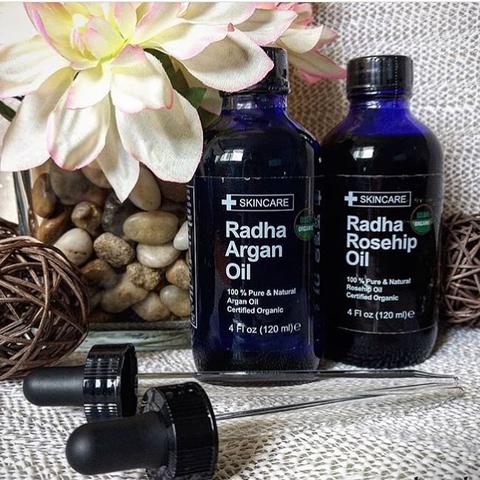
Different Skin Types & How to Care for Them
Do you hate walking into your favorite skincare/makeup store and the sales associate asks “What’s your skin type?” I used to dread this question, because let’s face it, figuring out the current state of our skin can be complicated.
If you’re like me and get anxiety, there is no need to get overwhelmed trying to figure it out. It’s actually not that hard once you know what to look for although, many factors can influence and change our skin type. However, the descriptions below will help you get a better idea of your skin’s overall behavior and be a quick guide to understanding our skin type.
There are four major skin types:
- Normal
- Dry
- Oily
- Combination
Read more about how to care for different skin types below!
Normal Skin
Normal skin is not too dry or oily; it falls in that desirable in-between place. Your skin normally has an even tone and a smooth texture with no signs of flaking or oiliness. You may get an oily T-zone during warmer climates, but generally, this area is oil-free. Our Vitamin C Serum is ideal for your skin type because you don’t need a very heavy product to keep your skin in balance. Our Rosehip Oil will also keep your skin looking healthy, smooth, and hydrated.
Dry Skin
Dry skin consistently produces less oil than normal skin. You probably won’t have noticeable pores, but your skin will feel tight. Your skin feels dehydrated and may have flaky areas. It often has more visible lines, less elasticity, and a duller complexion. If your skin is dry, you’ll be prone to increased irritation and sensitivity too. Our Argan Oil will nourish skin, repair the skin’s critical barrier, and prevent moisture loss.
Oily Skin
Oily skin is the result of excess sebum production, which can be caused by hormonal fluctuations and influenced by genetics. A shiny face (particularly across your T-zone and chin), enlarged pores, and spots are all tell-tale signs of oily skin. Your skin looks shiny and may feel slick to the touch. You’re also no stranger to breakouts. For oily skin, it’s important to avoid heavy emollient textures. Our Jojoba Oil mixed with our pure, natural, and unrefined Tea Tree Oil will balance skin and make it look smoother.
Combination Skin
Essentially, combination skin means you have two or more textures. If you have combination skin, chances are you find that your skin looks oily across your T-zone (forehead, nose, chin), and is normal to dry everywhere else. Your T-Zone area may have enlarged pores, signs of breakouts, or blackheads. The idea is to only apply products to the areas that need them, rather than treating your full face. Apply our 100% USDA Organic Jojoba Oil to your dry areas only, and consider using our Charcoal Peel Off Mask on oilier zones to combat congestion.
If you are still a little unsure about your skin type, we recommend that you cleanse your face thoroughly with a gentle cleanser and gently pat dry. Leave skin bare (do not apply any products during this time). After 20 minutes, examine your cheeks, chin, nose, and forehead for any shine. After another 15 minutes, determine your skin type based on your skin’s natural characteristics. If your skin feels tight, your skin is likely dry. If there is noticeable shine on your nose and forehead, your skin is mostly likely normal/combination. If there is shine on your cheeks in addition to your forehead and nose, you most likely have oily skin.